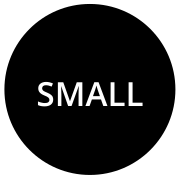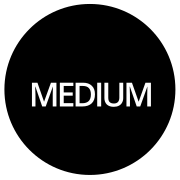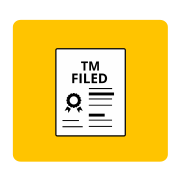



Trademark objection process compliance involves adhering to the rules, regulations, and procedures set forth by the trademark office or authority in the relevant jurisdiction. This includes:
Submission of Required Documents: Ensuring that all necessary documents, including the trademark application, response to objections, and any supporting evidence or amendments, are filed correctly and within the specified timelines.
Adherence to Trademark Laws: Complying with the provisions of trademark laws, regulations, and guidelines governing the registration process. This includes meeting the criteria for trademark registrability, such as distinctiveness, non-descriptiveness, and non-genericness.
Timely Response: Responding to objections raised by the trademark office within the prescribed period to avoid abandonment of the application.
Transparency and Accuracy: Providing accurate information and evidence to support the trademark application and any arguments made in response to objections.
Payment of Fees: Meeting financial obligations associated with the trademark registration process, including application fees, response fees, and any other applicable charges.
Good Faith Conduct: Engaging in the objection process in good faith, without engaging in fraudulent or deceptive practices.














Chance of your TM Application going through
Submit all your documents online
We file your Trademark within 24 Hours
We track your application and guide you for the complete process
If the status of the trademark application is marked as ‘objected’ it means that your application is objected, and that the Trademark Examiner has raised a query on the validity/requirements of the trademark under the Trademarks Act. The objection will be detailed in the examination report, to which a reply is to be filed.
The main difference between Trademark Objection and Opposition is that Objection is raised at a preliminary stage of the trademark registration process. Such a registration is raised by the trademarks examiner. A trademark opposition is raised by any person who has an issue with your Trademark after it has been advertised in the Trademarks Journal
Trademark Examination is conducted by the trademark examiner. It is a thorough preliminary check of Trademark Application (filed in TM-A Form). An objection can be raised by the examiner during the examination process. The examination report will cite all the conflicting marks/similar mark/grounds for refusal
A trademark examiner includes any officer in the Trademark Registry who has been given the duty of checking and examining trademark application to check if it complies with standards and guidelines of the Trademarks Act. The Trademarks and geographical indications registry recruitment rules govern the roles and duties of the trademarks registrars and examiners.
The examiner carries a thorough scrutiny to check for clerical errors and legal errors disallowed under the Trademarks Act, 1999. The examiner will check:
There is no government fee for filing the reply to the examination report.
The deadline to file trademark objection reply or Examination report Reply is thirty days from the date of issuance of the report to the applicant or thirty days of viewing the objection status online.
The Trademark examiners at Trademark registry issue the examination report.
NICE classification is an international classification of goods and services for the purpose of trademark registration. There are 34 classes of goods and 11 classes of services.
For filing the trademark in India, you should know the appropriate class of trademark in which the goods and services covered. There is a total of 45 classes of the trademark to choose for your trademark. First 34 classes (1-34) cover goods and rest 11 classes (35-45) cover services.
The intelligent TM Search will help you to determine the mark you want to register for product or services is legally available or already used by another business to ensure not to infringe someone else’s property rights. find the identical mark in the same class would restrain your mark to get registered.
To perform a free trademark search before filing the trademark application you need to know the trademark classes as per the NICE classifications; international classification of goods and services. The trademark search contains the filters to find out a similar trademark in a similar class in order to eliminate the conflicts.
Although it is not mandatory to hire an attorney for conducting a free trademark search before filing it’s advisable to seek professional help to handle the trademark search. You will get the list of the marks similar to the proposed mark along with the attorney’s legal opinion regarding the trademark registration possibilities.
A preliminary trademark search also known as knock-out search is an initial step in the trademark registration process before spending time and money for a mark. Generally, it involves the search through the trademark database either at ipindia (the government site) or quick company’s trademark data search service. It’s a quick search to determine the identical trademarks which are already registered for any products or services that are similar to yours.
However, a preliminary trademark search doesn’t ensure the registration of the proposed mark. It only shows the obvious possibilities of conflicts with identical marks.
The information provided under this website is solely available at your request for information purposes only. It should not be interpreted as soliciting or advertisement. The firm is not liable for any consequence of any action taken by the user relying on material / information provided under this website. In cases where the user has any legal issues, he/she in all cases must seek independent legal advice.
Chintal House, 16Station Road, Lucknow , Uttar Pradesh (India)